Ertach Kernow - Early Cornish hedges & farming – Neolithic legacies in stone
Travelling down some of Cornwall’s narrow twisting roads, well off the main thoroughfares, you may be struck how high the sides of the roads are, topped off by Cornish Hedges. Perhaps later coming to a farm, sometimes even going through the farmyard, before joining the winding road again. These are possibly remnants of Cornwall’s historic past where tracks have been used for hundreds or even thousands of years eroding the soil next to an ancient hedge, where pathways, later roads, passed through an early settlement, now just a farm, leaving Cornish Stone Hedges high up above the road.
Some of Cornwall’s oldest hedges are up to 4,000 years old, created during the Neolithic as humans transformed from hunter gatherers to cultivation and farming animals. What makes some of these hedges interesting is the variance in their construction and the stone used to build them. Depending on where they are built throughout Cornwall you will see changes in design, size and type of stone used as the natural landscape of Cornwall differs between granite, slate and other stone formations.
The various ice ages have had a profound effect on our climate even as far south as Cornwall and the North Atlantic Drift emanating from the Gulf Stream has from time to time switched itself off and then on again. It also effected the environment and conditions for mankind to survive, even the shape of Cornwall as we see it today. Farming didn’t just appear with earlier localised peoples starting to build walls to enclose domesticated animals, it was a cultural move through migration and integration of new peoples from the European mainland with the existing peoples of Britain and Cornwall.
When we talk about the origins of our Cornish Stone Hedges, the question is how and why. Once the change from hunter gatherers to farming started and man began constructing their own houses they would have used what was available, more often than not this would have been timber. Proof of this is found during archaeological digs with evidence of ancient post holes. Often where there was little timber they would have used stone perhaps to build a certain amount of the walls to their homes and also walls to protect their early farm animals from predatory wild creatures and to contain them. A fine example of this can be seen on Bodmin Moor where remains of the prehistoric Leskernick settlement of roundhouses and field systems exist. In 1978 the National Trust bought Bosigran in west Cornwall preserving coastal historic field systems, some of which have been dated to prehistoric times.
Although farming, fisheries and forestry combined are Cornwall’s major industry, larger than tourism by some accounts, it has been difficult to farm here. Early farmers would have moved around Cornwall, albeit not as regularly as hunter gatherers had done. Permanence for farms and farmers wouldn’t improve until they understood how to invest in the soil by crop rotation and adding natural nutrients and substance such as sand, seaweed and animal manure. Perhaps farm beginnings on Bodmin Moor began because there were less trees to clear, there was stone to build the early low enclosures and huts and it was warm during the summer months. During the harsher winters family farming groups may have moved to the coast where they would have taken advantage of marine creatures for food. Evidence shows that coastal regions were occupied by farmers due to enclosures and bones of domesticated animals being found, such as Trethellan in Newquay.
The early field were small, typically about quarter of an acre and there are a number of reasons for this. Sowing crops meant that weeding needed to take place by hand and smaller enclosures allowed better control ensuring the whole field was weed free. Early domesticated animals would have been goats, sheep and pigs, likely looking very different to today’s varieties and kept in smaller fields. It would have been advantageous when removing rocks rising to the surface on arable land to maintain smaller fields, using these rocks to add to existing hedges. No doubt early farmers learned that pigs would churn up the ground and manure it making it ready for arable farming in due course.
The areas of Bodmin Moor occupied by early farmers during the Neolithic Stone Age eventually ceased, due to climate change as wetter and colder weather became the norm around 1200BCE. Once crops such as cereals were grown in greater amounts seasonal movement would have reduced, and small settlements grown up around fertile cleared land, always close to a water source. As extended families grew these settlements became hamlets and it is estimated that there would have been around 3,000 - 5,000 in Cornwall with between 8 to 12 per square mile. Many of these would over time become villages and if well placed or offering a destination for trade or a market, a town. Today many isolated farms may have originally been one of these small settlement farmsteads when larger numbers of family members and workers were required to work the land. Subsequently numbers reduced with migration to larger urban settlements for work in later centuries. Just consider whilst travelling around Cornwall the large number of hamlets, villages and farms that start with Tre meaning, in the Cornish language farm, home or village followed often by a personal name of somebody far back in time.
By the Bronze Age fields were becoming more rectangular and stitch farming was becoming established with low hedges up to about 4’ high between the stiches. This was perhaps through the invention and use of an ard an early form of plough that just made a shallow trench in the soil, not turning it. Future plough development would see the turn-wrest plough introduced, for which rectangular fields were better suited. These low hedges would in turn grow higher becoming what we know today. Later farming and use of the land would again evolve throughout the Roman period and then later medieval practices. These included those brought in from Europe, including feudal strip farming. What would endure would be the Cornish Stone Hedge creating a historical legacy of fields, stiles and many other farm related features. Around Boscastle there remains an area that is still farm worked in a historical fashion.
As I travel throughout Cornwall I’m always keen to take photos of Cornish hedges. These form an important part of our extraordinary landscape and ensuring their survival is critical to Cornwall’s environment and the ecology of our Cornish flora and fauna. When starting a YouTube channel, it was something I wanted to highlight and included videos by Jack Gregory a young hedge builder who talks passionately about his work.
On a much larger scale Will Coleman the Artistic Director of Golden Tree Productions, who has carried out many wonderful heritage related projects is well and truly on the case. The series of community talks and active lessons in hedge building, helping folk throughout Cornwall to maintain their local hedges has been a great way of promoting the importance of Cornish stone hedges. Golden Tree Productions are working on the Kerdroya project to build a huge 56 metre Cornish stone hedge labyrinth on a disused car park on Bodmin Moor.
The stone hedge legacy of our early Cornish farmers and continuance of that tradition has meant that 30,000 miles of hedges offer wonderful habitat for a multitude of plant life, insects and smaller mammals as well as birds that may live on these. We must remember that there is little protection for ancient Cornish stone hedges, unlike English hedgerows, and we must fight to protect them from unscrupulous developers who want to sweep them away. Replacing them with new is not an answer as it can take many decades for the ecology of a new stone hedge to mature, that which went before would have been lost forever.
We must be thankful for the many Cornish voluntary groups who carryout vital fieldwork in maintaining the many aspects of Cornwall’s rural past. Amongst these are the Cornwall Heritage Trust, Penwith Landscape Partnership, Cornish Ancient Sites Protection Network (CASPN) and Cornwall Archaeological Society. There are numerous other smaller groups who carryout scrub bashing clearance work and maintenance who are always looking for volunteers to join them. For more information on Cornish Stone Hedges go to our website at www.cornwallheritage.com which includes links to other sites and sources.

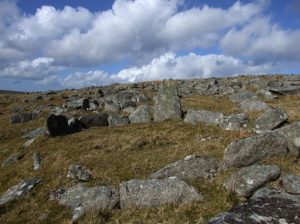
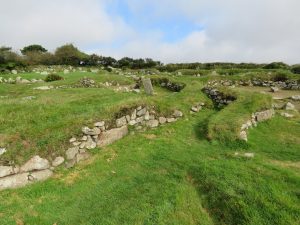
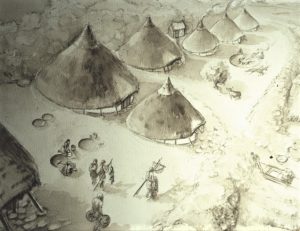
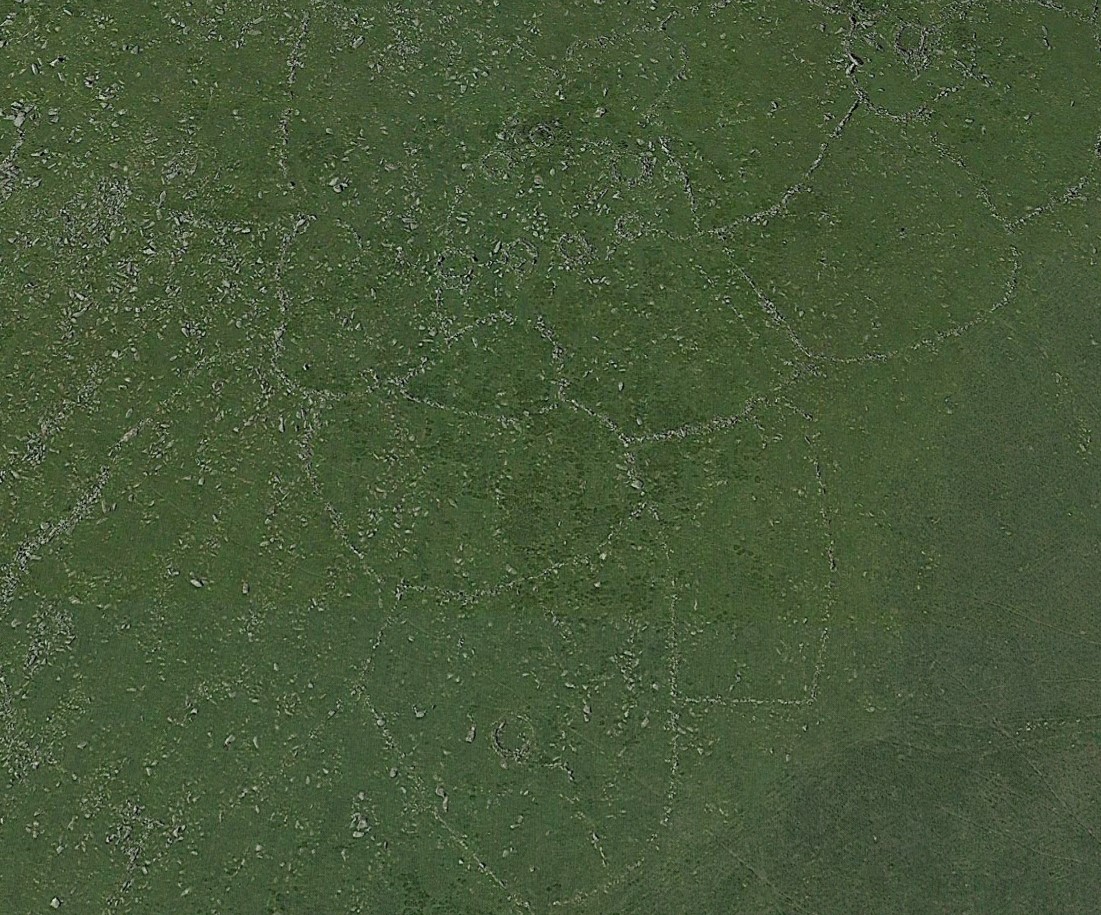
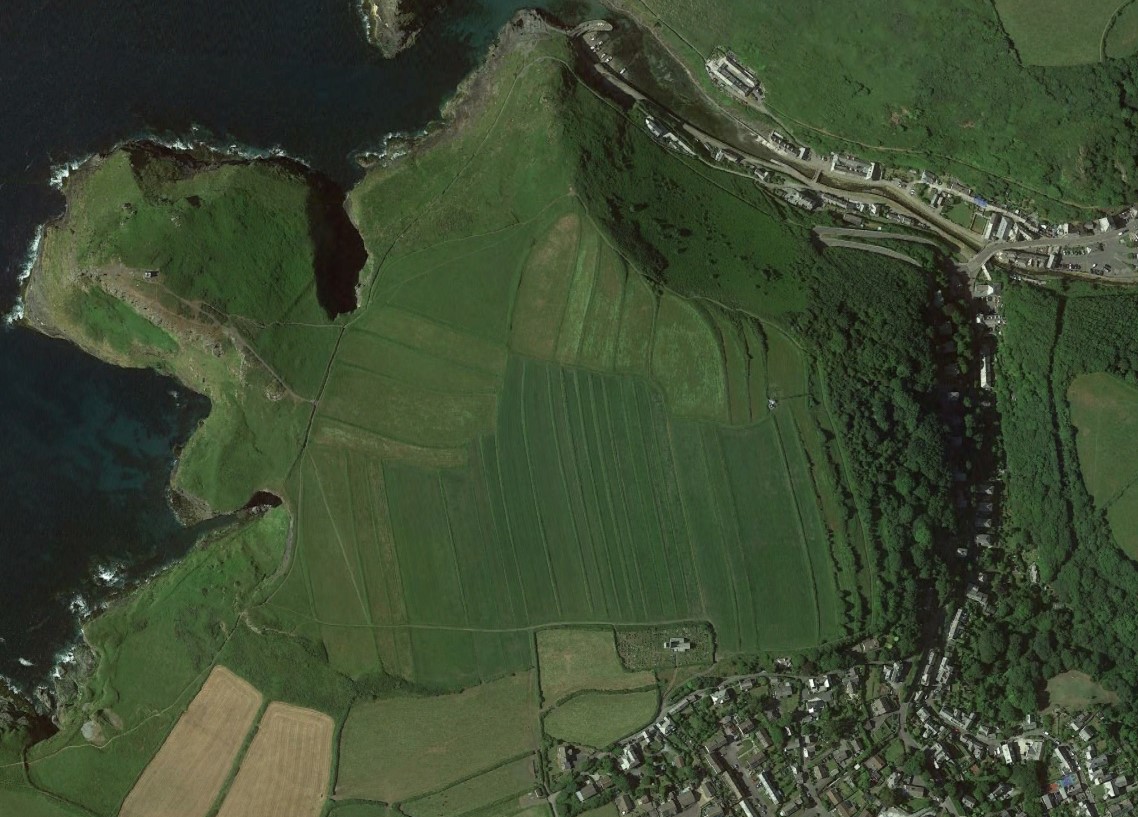
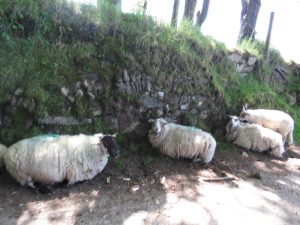
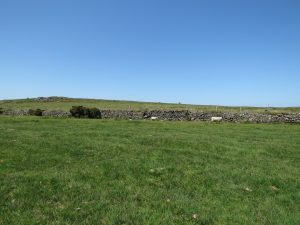
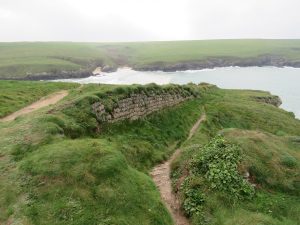
![[67] Voice - Ertach Kernow- 061021A - Legacies in Stone [S] Ertach Kernow - Legacies in Stone](https://www.cornwallheritage.com/wp-content/uploads/2021/10/67-Voice-Ertach-Kernow-061021A-Legacies-in-Stone-S-234x300.jpg)
![[67] Voice - Ertach Kernow- 061021B - Legacies in Stone [S] Ertach Kernow - Legacies in Stone](https://www.cornwallheritage.com/wp-content/uploads/2021/10/67-Voice-Ertach-Kernow-061021B-Legacies-in-Stone-S-228x300.jpg)
![[67] Ertach Kernow Heritage Column - 06 October 2021 – Festival for Booklovers – Falmouth Book Festival Festival for Booklovers – Falmouth Book Festival](https://www.cornwallheritage.com/wp-content/uploads/2021/10/67-Ertach-Kernow-Heritage-Column-06-October-2021-–-Festival-for-Booklovers-–-Falmouth-Book-Festival-267x300.jpg)